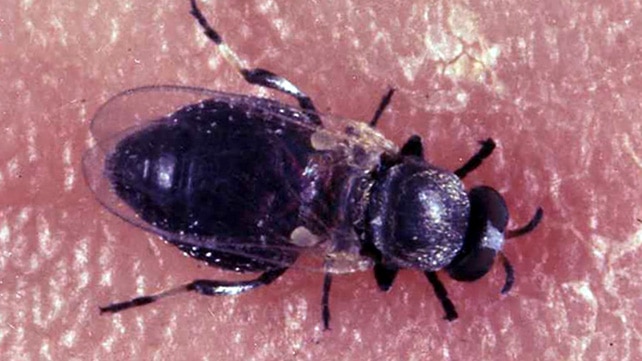Neanderthal Spear Tip Discovery Latest News
An international archaeological team has unearthed the oldest known spear tip in Europe, crafted not by Homo sapiens, but by Neanderthals.
Where and How Was It Found?
- The spear tip was discovered in a cave in the North Caucasus region of Russia, embedded in a sediment layer.
- The findings were published in the Journal of Archaeological Science and are based on materials excavated in 2003 but studied in-depth only recently.
- It was found along with animal bones and the remains of a campfire, indicating habitation by prehistoric hominins.
- The team employed spectroscopy, computed tomography (CT scans), and microscopy techniques to analyse the artefact in high detail.
- Key Features of the Spear Tip
- The spear tip is approximately 9 cm long.
- It was made from animal bone, most likely from a bison.
- It had been shaped using stone tools and affixed to a wooden shaft using natural tar—a sign of planned construction.
- Micro-cracks on the tip suggest that it struck a hard target, implying use in hunting or combat.
- Lack of wear and tear indicates the spear was likely used successfully shortly after it was crafted.
- Dating and Attribution: The artefact dates back to 70,000–80,000 years ago, which is much earlier than the arrival of modern humans in Europe (~45,000 years ago). This confirms that the tool was created by Neanderthals, not Homo sapiens.
About Neanderthals (Homo neanderthalensis)
- Neanderthals were an extinct species of archaic humans, closely related to modern humans.
- They inhabited Europe, Central Asia, and parts of the Middle East.
- Genetic evidence shows that modern humans and Neanderthals diverged about 500,000 years ago.
- The last known Neanderthals died out ~40,000 years ago, shortly after Homo sapiens migrated deeper into Europe.
- Modern humans carry 1–2% Neanderthal DNA, proving interbreeding occurred.
Neanderthal Physical and Cultural Traits
- Robust bodies adapted for cold climates: shorter, stockier, and extremely muscular.
- Skull characteristics: Large middle face, projecting nose, angled cheekbones, and receding chin.
- Brain size comparable to or larger than modern humans, relative to body size.
- Expert hunters: They used sophisticated stone and bone tools, controlled fire, made clothing, and lived in structured shelters.
- Practised symbolic behaviour: Made ornaments, and deliberately buried their dead, sometimes with funerary offerings—a practice unmatched by any earlier hominin.
Source: PHY
Last updated on November, 2025
→ Check out the latest UPSC Syllabus 2026 here.
→ Join Vajiram & Ravi’s Interview Guidance Programme for expert help to crack your final UPSC stage.
→ UPSC Mains Result 2025 is now out.
→ UPSC Notification 2026 is scheduled to be released on January 14, 2026.
→ UPSC Calendar 2026 is released on 15th May, 2025.
→ The UPSC Vacancy 2025 were released 1129, out of which 979 were for UPSC CSE and remaining 150 are for UPSC IFoS.
→ UPSC Prelims 2026 will be conducted on 24th May, 2026 & UPSC Mains 2026 will be conducted on 21st August 2026.
→ The UPSC Selection Process is of 3 stages-Prelims, Mains and Interview.
→ UPSC Result 2024 is released with latest UPSC Marksheet 2024. Check Now!
→ UPSC Prelims Result 2025 is out now for the CSE held on 25 May 2025.
→ UPSC Toppers List 2024 is released now. Shakti Dubey is UPSC AIR 1 2024 Topper.
→ UPSC Prelims Question Paper 2025 and Unofficial Prelims Answer Key 2025 are available now.
→ UPSC Mains Question Paper 2025 is out for Essay, GS 1, 2, 3 & GS 4.
→ UPSC Mains Indian Language Question Paper 2025 is now out.
→ UPSC Mains Optional Question Paper 2025 is now out.
→ Also check Best IAS Coaching in Delhi
Neanderthal Spear Tip Discovery FAQs
Q1. What was discovered about Neanderthals?+
Q2. Where was this spear tip found?+
Tags: neanderthal spear tip discovery prelims pointers upsc prelims current affairs

















